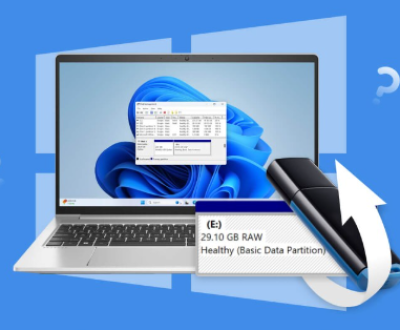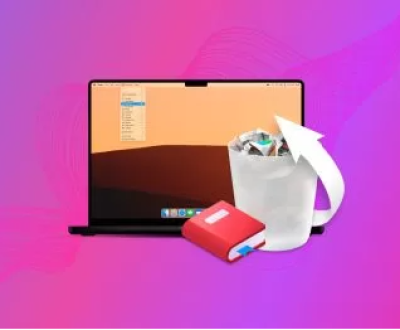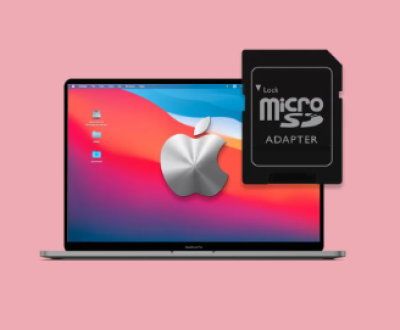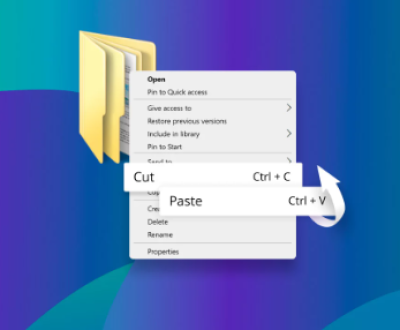Restoring deleted pictures from an SD card can be a daunting task if you don’t know the right methods. Whether it’s due to accidental deletion, formatting, or other issues, there’s a chance you can recover those pictures if you act quickly and follow the appropriate steps.
1. SD Card Data Loss
SD cards are one of the most commonly used forms of storage for cameras, smartphones, drones, and other devices. These small, portable memory cards store essential data, including photos, videos, documents, and other files. However, like any storage medium, SD cards are prone to data loss.

The loss of photos from an SD card can occur for many reasons, such as accidental deletion, formatting errors, corruption, or physical damage. While it can be distressing to lose precious memories, there is often a chance of recovery, provided the right steps are taken quickly.
2. Why Are Pictures Deleted from an SD Card?
Pictures can be deleted from an SD card for various reasons. Here are some common causes:
Accidental Deletion: You might unintentionally delete photos while transferring or organizing files.
Formatting the SD Card: Sometimes, when an SD card is formatted, all data, including pictures, is erased.
Corruption: SD cards can become corrupted due to power failures, improper removal, or exposure to magnetic fields. This can make files unreadable, and in some cases, the data may be lost.
Virus or Malware Attacks: Some malware can target files on an SD card, making them disappear or corrupt.
Hardware Failure: SD cards, like any other hardware, can malfunction. This could result in data loss.
Overwritten Data: If the SD card is used extensively and new files are saved over old ones, previous files can be overwritten and become unrecoverable.
3. What Happens When You Delete a Picture?
When you delete a picture from an SD card, the operating system doesn’t actually erase the file completely. Instead, it marks the space previously occupied by the file as available for new data. This means that the file still exists in that area of the SD card but is considered “hidden” from view.
This is why it’s possible to recover deleted pictures, provided they haven’t been overwritten by new data. However, the longer you wait to attempt recovery, the more likely new data will overwrite the deleted files, making recovery more difficult or even impossible.
4. Things to Avoid After Deleting Pictures
After you realize that pictures have been deleted from your SD card, there are several key things you should avoid doing to maximize the chances of successful recovery:
Don’t Take New Photos or Save New Data: Avoid using the SD card for any new data after the deletion. Writing new data to the card can overwrite the areas where your deleted photos reside.
Avoid Quick Formatting: Quick formatting doesn’t remove data permanently, but it marks the space as available. If you perform a quick format, stop using the SD card and attempt recovery immediately.
Don’t Remove the SD Card Prematurely: If you’re using a device (like a camera or smartphone) and notice that the SD card has been corrupted or the files are inaccessible, don’t immediately remove the card. Properly ejecting it may reduce the risk of data corruption.
5. Understanding SD Card File Systems
To better understand how recovery works, it’s helpful to know the file system your SD card uses. There are two common file systems:
FAT32: This is a widely used file system for SD cards, especially for smaller capacity cards (32GB and below). It’s compatible with many devices, but it has a limitation of supporting files up to 4GB in size.
exFAT: This is often used for larger SD cards (64GB and above) and supports larger file sizes, making it ideal for high-definition videos and large image files.
Both FAT32 and exFAT work similarly, and the process of recovering deleted photos is similar for both. However, exFAT’s larger file size support may make the recovery process more complicated in certain cases due to its structure.
6. How to Recover Deleted Photos from an SD Card
There are several methods for recovering deleted pictures from an SD card. The method you choose depends on your comfort level with technology and the tools you have available.
Option 1: Using Data Recovery Software
Panda Assistant offers a variety of scanning options, including quick and deep scans. For deleted pictures, you should begin with a quick scan. This scan will look for files that have been recently deleted but are still recoverable. If the quick scan doesn’t find the deleted photos, you can run a deep scan, which searches more thoroughly, even in cases where the file headers are missing.
After the scan is complete, Panda Assistant will display a list of recoverable files. You can preview the pictures to ensure they are the ones you wish to restore. The preview feature allows you to view thumbnails of the images, so you don’t have to recover unnecessary files.
Option 2: Using Command Prompt (Windows)
If you’re familiar with using the command line, you can attempt to recover deleted files from an SD card using Command Prompt:
Open Command Prompt: Press Windows + R, type “cmd,” and hit Enter.
Type the Command: Type chkdsk X: /f, replacing “X” with the letter of your SD card’s drive.
Wait for the Scan to Complete: This command checks the SD card for errors and attempts to repair any issues, potentially recovering some deleted files in the process.
Check for Recovered Files: After the scan is finished, check the SD card or the designated recovery folder to see if your pictures have been restored.
Option 3: Using Mac’s Disk Utility
For Mac users, the Disk Utility tool can be helpful in scanning and repairing an SD card:
Open Disk Utility: Go to Applications > Utilities > Disk Utility.
Select Your SD Card: Choose the SD card from the list of devices.
Repair the SD Card: Click on the “First Aid” option to check for errors and attempt repairs.
Check for Recovery: Once the repair is complete, check your SD card to see if the deleted pictures are recoverable.
7. Advanced Recovery Methods
If standard software methods don’t work, you can try more advanced recovery techniques. These methods require technical expertise, but they can be more effective.
Forensic Data Recovery
Forensic recovery involves using specialized tools to extract data from damaged or corrupted SD cards. It’s typically used by professionals in law enforcement or by data recovery services.
Professional Data Recovery Services
If the SD card is physically damaged, such as due to water exposure or mechanical failure, it may be necessary to consult a professional data recovery service. These experts have the equipment to recover data from damaged storage devices.
About us and this blog
Panda Assistant is built on the latest data recovery algorithms, ensuring that no file is too damaged, too lost, or too corrupted to be recovered.
Request a free quote
We believe that data recovery shouldn’t be a daunting task. That’s why we’ve designed Panda Assistant to be as easy to use as it is powerful. With a few clicks, you can initiate a scan, preview recoverable files, and restore your data all within a matter of minutes.
Subscribe to our newsletter!
More from our blog
See all postsRecent Posts
- Retrieve files from usb 2025-07-04
- How to retrieve overwritten excel file 2025-07-04
- How to retrieve lost files on sd card 2025-07-04

 Try lt Free
Try lt Free Recovery success rate of up to
Recovery success rate of up to









